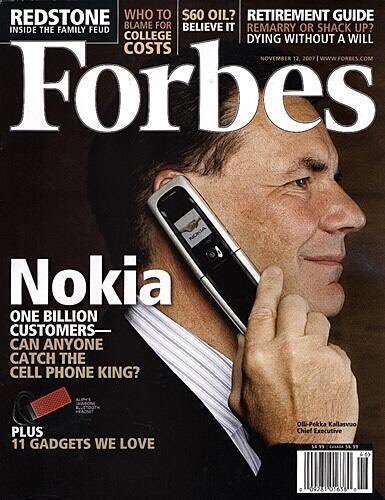Whilst paying attention to what's going on around me and contemplating what is my interpretation of the world? I am not just looking at what offer people are putting out there in terms of content and ideas, but being aware of a problem that needs to be solved. What stops all of us from being observant? Is it the fear of failure or just self-doubt? One should not wait for proof before overcoming fear, one should try anyway!
It is good to ask customers questions but it is better to observe them in action. A more lateral approach to gain insights from customers is to study in detail how they use your type of product or service and to observe what practical problems they have. Data rather than intuition should be the core background to make decisions, so the big question should be, "How to use data to drive better personalisation?" As we look to create a more personalised/customised experience and products, we must ensure that it can scale.
“Data has a clear role to play in developing a superior customer experience— and companies have access to more information on their customers than ever before. Indeed, they are seeing an exponential increase in customer-related data, driven largely by social media, mobile, and e-commerce. But these expanding troves of customer information alone are clearly not driving customer experience improvements—let alone innovation—in the vast majority of organisations.” - Harvard Business Review Analytic Services
The smarter we can analyse data (both quantitative and qualitative) the better we will be at leaving customers feeling wanted, respected and appreciated at every stage of the interaction. Moving from segmenting customers to treating them as individuals is possible by aggregating multiple data sources, being responsive to the previous behaviour of customers and acting in the moment at the right time. We all know customer expectations have accelerated exponentially and this is not slowing down. To compete for the heart and minds of the customer, businesses need to be able to engage meaningfully with people in the channels where they are, not where you want them to be.





























